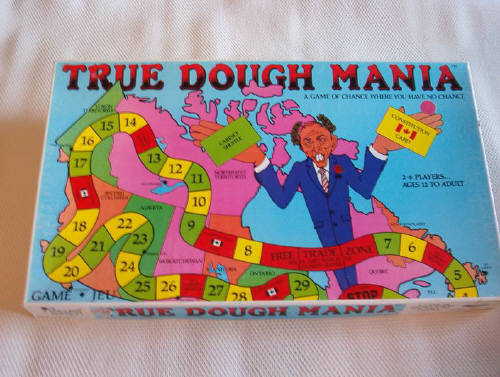'Frameworks': The lost paper by Ben Bernanke
From Bernanke and Mishkin's paper, here is an example of a flexible inflation targeting framework in action -- a demonstration of how flexible inflation targeting 'can adjust to accommodate supply shocks or other exogenous changes in the inflation rate outside the central bank's control':
[Consider] Deutsche Bundesbank's practice of stating its short-term (one-year) inflation projection as the level of “unavoidable inflation.” In the aftermath of the 1979 oil shock, for example, the Bundesbank announced the “unavoidable” inflation rate to be 4 percent, then moved its target gradually down to 2 percent over a six-year period. In other cases, the central bank or government makes explicit an “escape clause,” which permits the inflation target to be suspended or modified in the face of certain adverse economic developments.
To be fair, perhaps the term “numerical inflation targeting” is often used loosely. Perhaps others don't see the merit in making a distinction.
On July 13, John Taylor had this to say in the Washington Post (excerpt via Greg Mankiw's blog):
Some have argued that the lesson learned from this recent volatility experience is that the Fed should set a specific numerical target for inflation. I disagree; recent experience indicates setting such a target could increase volatility again. First, we do not know what inflation rate to target. If we choose one, we might have to change it later. Second, an explicit focus on the inflation rate may actually take emphasis away from price stability. Focusing on a numerical inflation rate tends to let bygones be bygones when there is a rise in the price level. In recent research, Yuriy Gorodnichenko and Matthew Shapiro of the University of Michigan found that Mr. Greenspan placed relatively greater weight on the price level than on the inflation rate in speeches: He was twice as likely to mention the price level as inflation; Mr. Bernanke was half as likely to mention the price level as inflation.
In sum, powerful lessons can be learned from Mr. Bernanke's start. Keep to the proven principles. Talk about the economy, not about the future of the federal funds rate. Commit to price stability without adding uncertainty about the meaning of a new inflation target.
Taylor's article expresses criticism against numerical inflation targeting, not the flexible framework discussed by Bernanke.
Bernanke and Mishkin's paper is worth reading and can be found here.


No comments:
Post a Comment